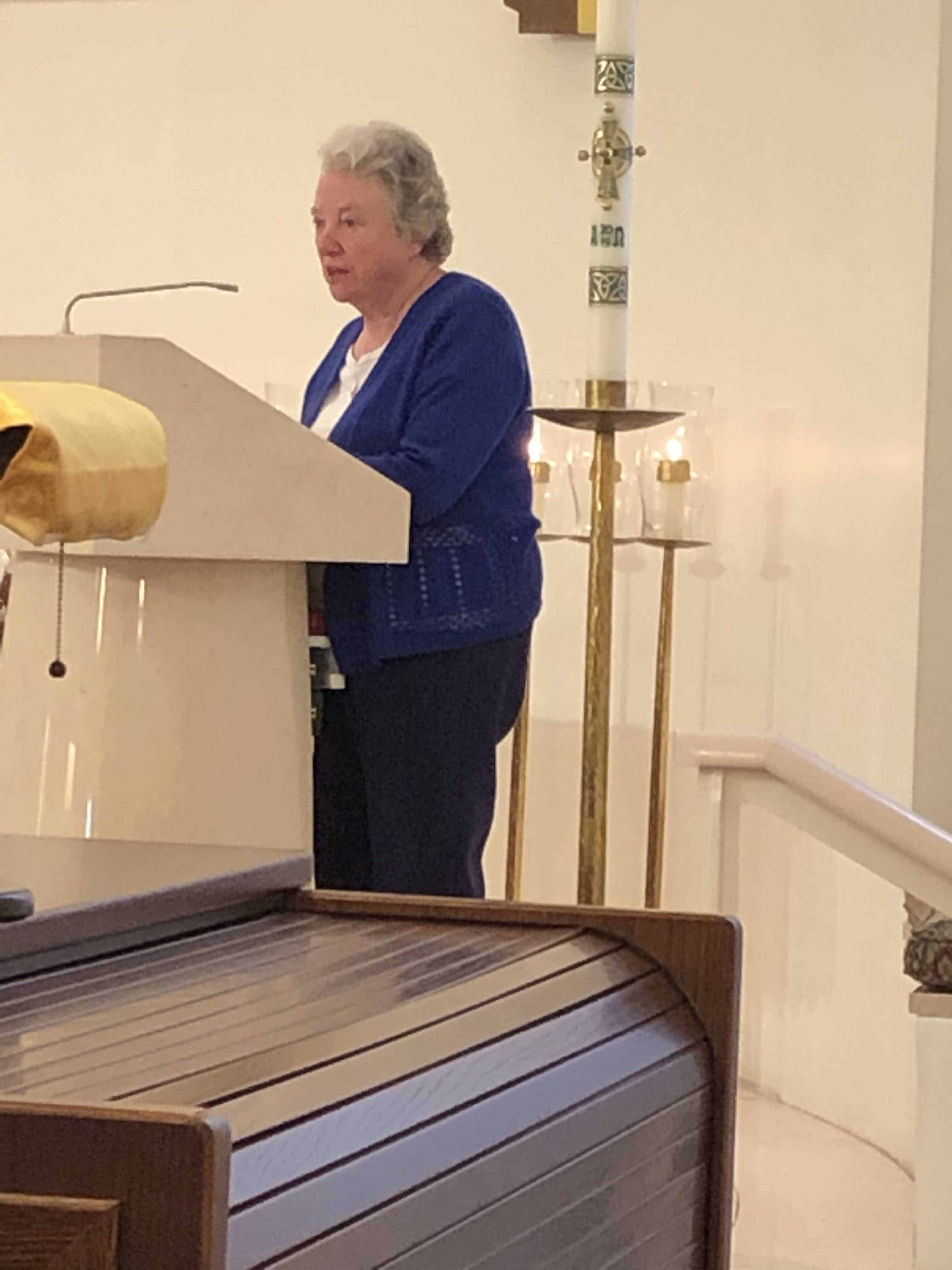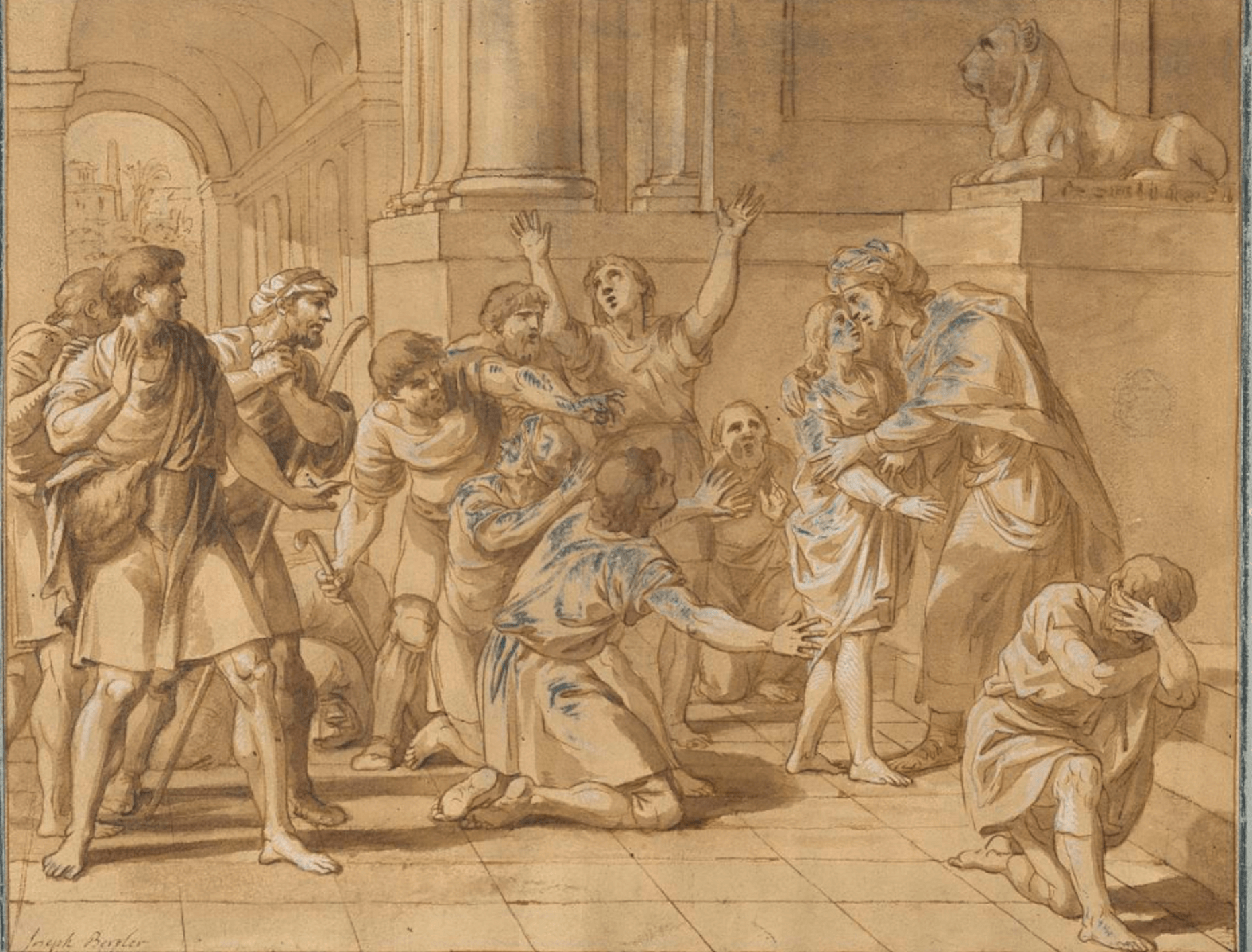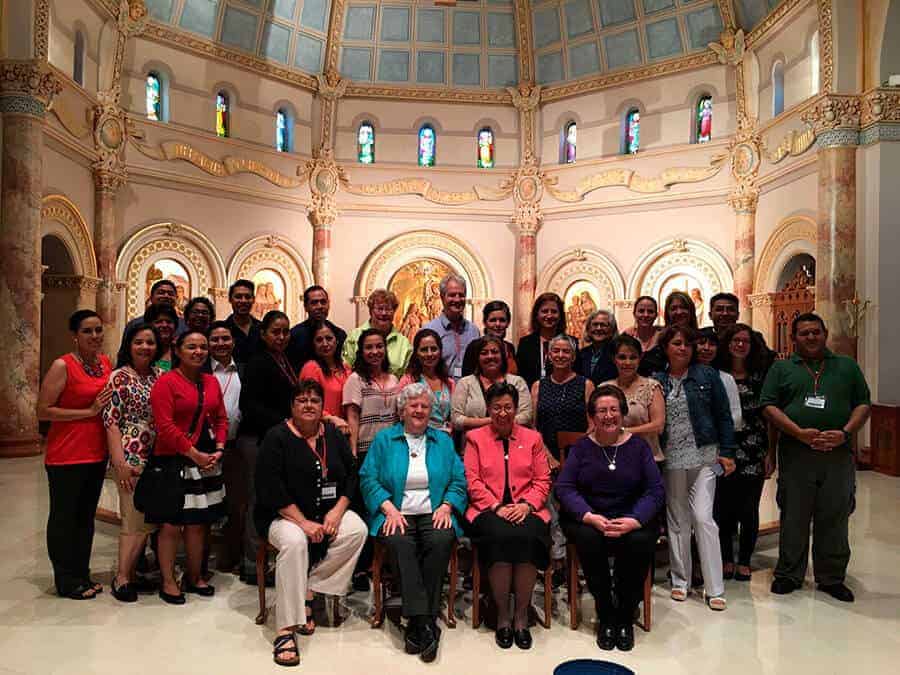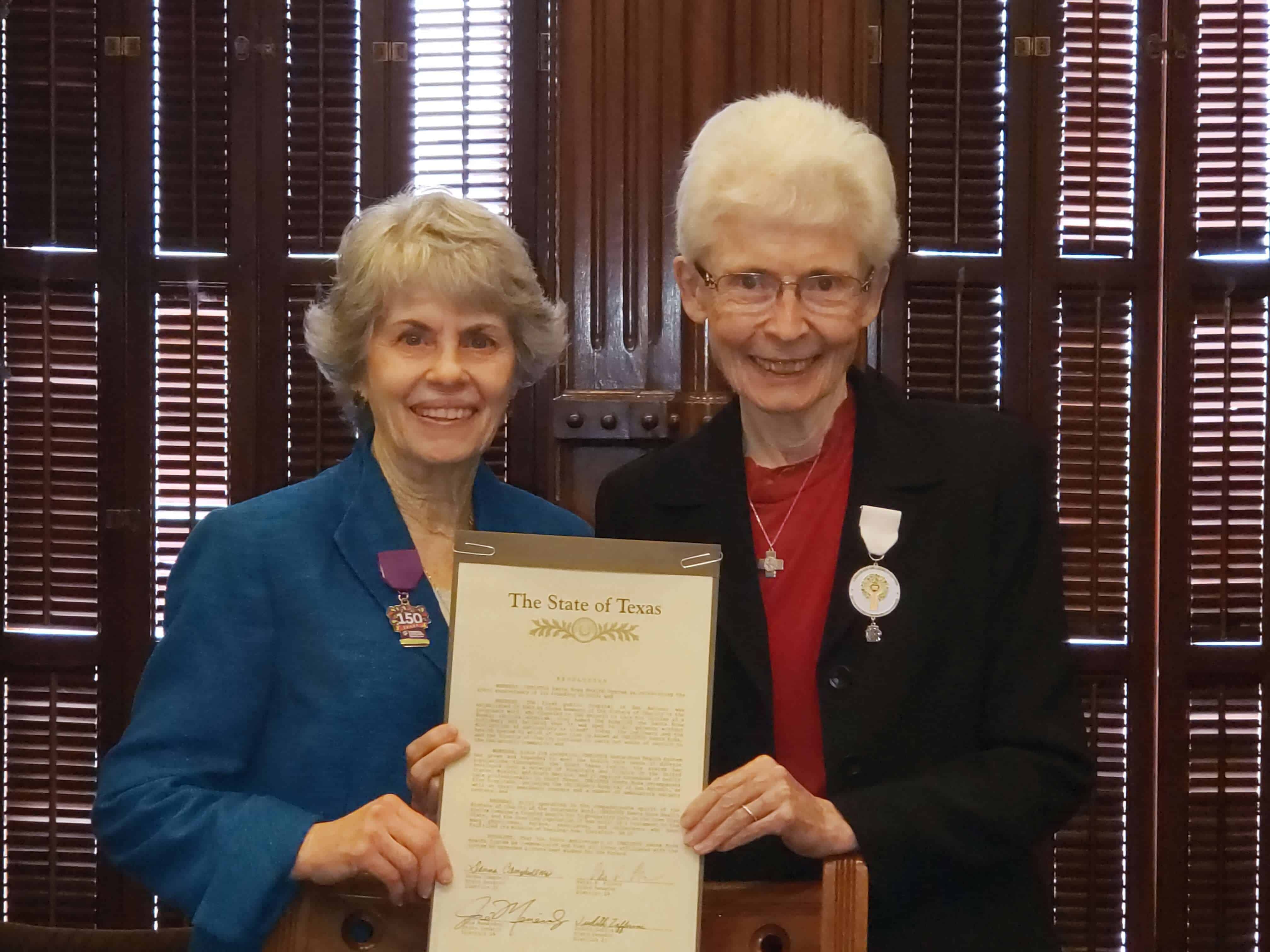Reflection for August 15, 2019.
Link to download: Solemnity of the Assumption of Blessed Virgin Mary
Readings: Rev. 11:19-12:15; Ps. 45:10-12, 16; 1 Cor. 15: 20-27; Lk. 1:39-56
My soul proclaims the greatness of the Lord;
my spirit rejoices in God my Savior
for he has looked with favor on his lowly servant.
From this day all generations will call me blessed:
the Almighty has done great things for me and holy is his Name.
Every Marian feast day is fundamentally an expression of belief in Jesus as Savior. Recognition of Mary’s special holiness rests in her role as the Theotokos, or God-bearer, the mother of Jesus.
When, on the 1st of November 1950, St. Pius XII defined as a truth revealed by God that at the end of her earthly life the Blessed Virgin Mary was taken up to heaven, body and soul, he confirmed what had been an ancient and solid living tradition of the Christian community.
In their 1973 letter, Behold Your Mother, the U.S. Bishops stated:
Christ has risen from the dead; we need no further assurance of our faith. Mary assumed into heaven serves rather as a gracious reminder to the Church that our Lord wishes all whom the Father has given Him to be raised with Him.
In today’s reading from the First Letter to the Corinthians, we heard that Christ risen from the dead is the first fruit of those who have fallen asleep in death. In 1953, noted liturgical author Pius Parsch commented in his The Church’s Year of Grace that, “As summer draws to its close and crops ripen in the fields, the Church solemnly celebrates the Assumption of the Blessed Virgin Mary as the greatest “harvest festival” among all the saints.”
Mary’s unique privilege in her Assumption prefigures our full transformation in Christ. Through this promise and potential, every human being is a child of God, worthy of profound respect.
Today, we cannot avoid reflecting on the Assumption of Mary against the backdrop of recent tragedies generated by nationalism, racism, and domestic terrorism. So many of the issues which challenge us are denials of the sacredness of human life—war, violence, poverty, medical questions and environmental crises, pornography, sexual abuse, human trafficking, refugee situations, increased suicide rates, abuse of elderly, fragile and vulnerable persons—The list goes on and on and can become quite overwhelming.
How are we to respond? It seems to me that Mary offers us an example through her words and actions. Mary’s Magnificat evidences a prayerful, strong, and prophetic woman who had experienced the power of God in her own life and in the history of her people. Mary responded with action. She said “Yes” to God’s invitation to be the mother of Jesus. She journeyed to accompany her older cousin Elizabeth in her time of need. She stood by her dying son, mourned at his tomb, rejoiced in his resurrection, and waited with his disciples for the coming of the Holy Spirit.
 While pre-Vatican II Catholic piety tended to stress the importance of departing this world in the state of grace in order to reach Heaven, contemporary incarnational spirituality calls us to focus on being God’s faithful and strong servants in this world by working for peace and justice through whatever opportunities our current situations allow.
While pre-Vatican II Catholic piety tended to stress the importance of departing this world in the state of grace in order to reach Heaven, contemporary incarnational spirituality calls us to focus on being God’s faithful and strong servants in this world by working for peace and justice through whatever opportunities our current situations allow.
This shift in theological and spiritual orientation calls for a more engaged expression of our baptismal commitment and religious vows. Over fifty years ago, the Bishops of the Second Vatican Council advocated this approach in Article 39 of Gaudium et Spes;
We have been warned, of course, that it profits us nothing if we gain the whole world and lose or forfeit ourselves. Far from diminishing our concern to develop this earth, the expectation of a new earth should spur us on, for it is here that the body of a new human family grows, foreshadowing in some way the age which is to come. That is why, although we must be careful to distinguish earthly progress clearly from the increase of the kingdom of Christ, such progress is of vital concern to the kingdom of God, insofar as it can contribute to the better ordering of human society….Here on earth, the kingdom is mysteriously present; when the Lord comes it will enter into its perfection.
Religious works of art often provide insights into the theological and cultural thought of their time. Western depictions of the Assumption of Mary have tended to portray her floating upward, escorted by a swarm of angels, escaping the temptations and trials of earthly life. In contrast, both ancient icons and some contemporary images present her as a strong faithful woman.
The image on today’s worship aid is a modern rendering of a 10th-century icon of the Theotokos, known as the Protection of the Mother of God. Written in 2010 for the 50th Jubilee of the American Ukrainian Catholic Eparchy of St. Nicholas, this icon presents a dignified and contemplative Mary as Queen of Heaven, whose outstretched arms extend her mantel of protection over the church and God’s people.
In her Magnificat, Mary rejoiced in God’s great works of justice and compassion through which the oppressed experienced new freedom. As we observe the 150th anniversary of the Congregation of the Sisters of Charity of the Incarnate Word, our celebration of the Assumption of the Blessed Virgin Mary should inspire us to work for the coming of the Reign of God.
Mary encourages us by her example and prayer to grow in God’s grace, to be receptive to God’s will, to convert our lives through generosity and sacrifice, and to seek everlasting union with God. By following her guidance, may we one day experience the resurrection of our own bodies and join her at the side of her risen son, Jesus Christ.
By Sr. Eilish Ryan, CCVI.
1. Austin Flannery, OP, ed., Vatican Council II: The Basic Sixteen Documents, A Completely Revised Translation in Inclusive Language (New York: Costello Publishing Company, 1996), 204-205.












0 Comments